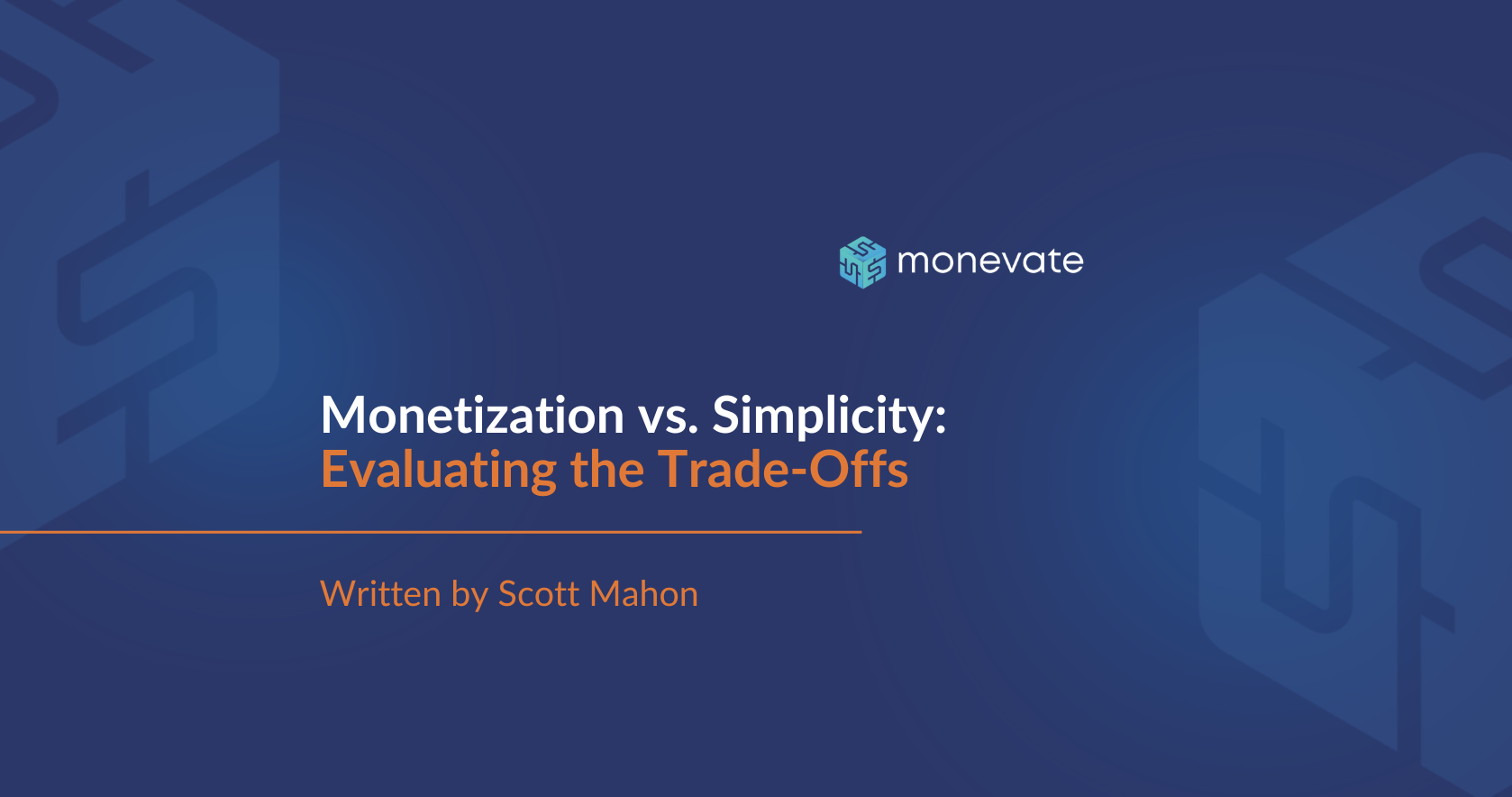How to Pick a Winning Price Metric
The second topic in the “Pricing Pitfalls” series I published at McKinsey was about price metrics. This is a hugely important subject area, especially for B2B companies. Price metrics allow you to scale the price of your product to companies with different willingness-to-pay, and so choosing the right one is critical for price differentiation.
It’s not a new topic. Metrics have been around for ages. What is novel is just how many of them are viable for companies now, and therefore how much choice companies have when choosing the specific unit on which they monetize their business.
Today, we see 5 main categories:
Seat based – Popular! Related to the # of people using it
Usage based – how much or how frequently it’s used
Hardware based – how many system resources or devices
Company based – metrics based on performance or scale of the customer
Success based – align with the impact of the product
The ability to choose whatever metric you want is a huge opportunity. Your metric can become both a competitive differentiator and become a self-propagating value communicator. But it’s an opportunity surprisingly few companies choose to take.
Get out of your seats!
Research shows almost 40% of SaaS companies still have ‘number of seats’ as the primary metric. Sure, seats make sense for some companies – but definitely not for 40% of companies. Seats-based pricing fails many companies in 3 ways; it’s often not linked to value, not growth-oriented and not auditable.
So why do companies persist with seats? Well… because of the very fact that companies persist with seats. Their familiarity with customers is their saving grace. People are comfortable with this ubiquitous form of pricing, and so “seats begets seats.” This completely explains the phenomenon, but if we made pricing decisions because they were popular, we’d all be giving our products away for free. In all seriousness, choosing a non-ideal price metric is not a trivial oversight. It really does harm startup prospects. If the metric isn’t value-aligned, customers will frequently either purchase fewer units than they were expected to (assuming they have a choice), or reject the metric, and ask for the number of units they need at a lower price. Either way, best case the customer pays
less than they would have done, and worst case they take their business elsewhere. Either way, you miss out on revenue.
Great… but what do I do?
Choosing the perfect metric might sound like a big ask, but it really just requires some focused team problem-solving. Using the categories of metrics mentioned earlier, get your team together, and brainstorm metrics within each category that could potentially work (be open-minded!) for your company. Then, evaluate those metrics using these 6 criteria (which Monevate has improved upon since the original article):
Linked to Value: Great price metrics align with the perceived value customers get from your product or service.
Growth-oriented: The metric should naturally increase over time, and so provide a path to customer ARR growth.
Predictable: A metric that doesn’t let customers predict what their price will be will hurt adoption.
Scalable: Customers like to be able to ramp their metric up and down, to feel in control of their pricing
Auditable: A metric should be measured objectively, without needing customer information.
Acceptable: Even if the metric ticks the previous 5 boxes, if customers don’t feel it’s fair,they could reject the pricing model.
Based on what your business is trying to achieve, you should weight the criteria by their relative importance to you. The metrics with the top scores will be where you should start.
Not every team feels able to undergo a metric transformation unsupported, so if you’re considering reevaluating your pricing metrics and you’d appreciate some expert guidance, drop Monevate a note here.
This summary is just a quick of the POV I originally published. Click here for the full original article (while my name has mysteriously disappeared as an author, I can assure you that I distinctly remember writing it… …)














